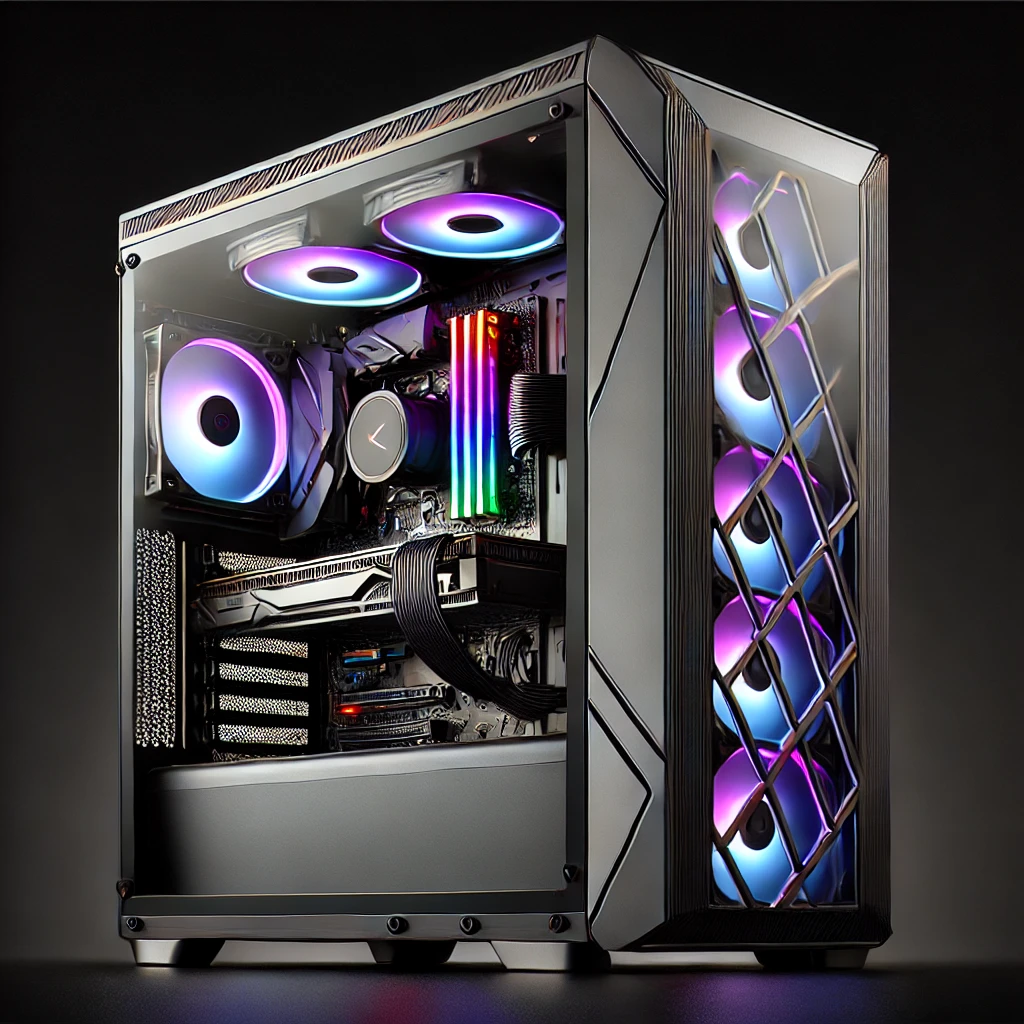Your cart is currently empty!
In the modern digital age, our lives revolve around electronic gadgets. Smartphones, laptops, tablets, and other computer devices have become indispensable tools for communication, work, entertainment, and more. However, with prolonged use, you might notice your device getting warm, leading to concerns about overheating. But is your device really overheating, or is it just the normal operational warmth? Let’s explore the differences and understand when to worry and what to do about it.
Why Do Devices Get Warm?
All electronic devices generate heat as a byproduct of their operation. This is a normal part of how they work. When your device is processing a lot of data, such as during gaming, streaming video, or running multiple apps simultaneously, it uses more power. This increased power usage leads to higher energy consumption and heat production. Manufacturers design devices to manage this heat through various cooling methods, such as heat sinks, fans (in laptops and desktops), and passive cooling techniques in smaller gadgets like smartphones and tablets.
Normal Operational Temperatures vs. Overheating
Normal Operational Temperatures: Devices are designed to operate safely within a specific temperature range, typically between 0°C and 35°C (32°F to 95°F), although this can vary depending on the manufacturer and the device’s intended use. When a device operates within this range, it’s considered to be at a normal operational temperature. It might feel warm to the touch, especially if you’re using it for high-demand tasks, but this doesn’t necessarily mean it’s overheating.
Overheating: Overheating occurs when a device exceeds its safe operational temperature. This can happen due to various reasons, such as being in a hot environment, poor ventilation, or internal dust buildup blocking the cooling mechanisms. Unlike the warmth you feel during regular use, overheating can lead to system instability, crashes, and in extreme cases, hardware damage or reduced lifespan. Overheating devices might also display warning messages or shut down automatically to prevent damage.
Identifying Overheating
- Unexpected Shutdowns or Performance Issues: If your device frequently shuts down or throttles its performance unexpectedly, it might be due to overheating.
- Hot to the Touch: While it’s normal for devices to get warm, if they become uncomfortably hot to the touch, especially in areas where there are no internal components like the battery or processor, it might indicate overheating.
- Warning Messages: Modern devices often include temperature sensors that trigger warnings or automatic shutdowns if the device gets too hot.
Preventing Overheating
- Use on Hard, Flat Surfaces: Ensure good ventilation by using laptops and tablets on hard, flat surfaces that don’t block airflow.
- Avoid Direct Sunlight: Keep devices out of direct sunlight and away from heat sources.
- Clean Regularly: Dust and debris can block vents and insulate heat. Clean your devices regularly, especially the fans and vents on laptops and desktops.
- Monitor Running Applications: Be mindful of the number and type of applications you’re running simultaneously. High-performance tasks can heat up your device quickly.
- Update Software: Keep your device’s software up to date. Software updates often include improvements to thermal management.
Discover more from LithGeek Custom Gaming Computers
Subscribe to get the latest posts sent to your email.
Posted
in
by
Tags:

